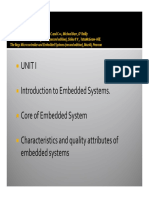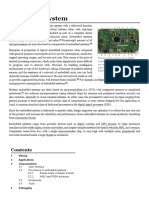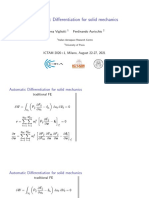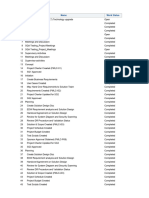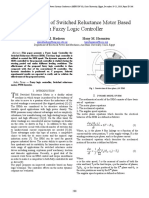100% found this document useful (1 vote)
28 views27 pagesEmbedded Module 1
The document provides an introduction to embedded systems, covering their application domains, characteristics, and differences between microprocessors and microcontrollers. It discusses the structure of embedded systems, examples, figures of merit, classification of microcontrollers, and the history and current trends in the field. Key features include low power consumption, reliability, and the importance of real-time response.
Uploaded by
jovin28workCopyright
© © All Rights Reserved
We take content rights seriously. If you suspect this is your content, claim it here.
Available Formats
Download as PDF, TXT or read online on Scribd
100% found this document useful (1 vote)
28 views27 pagesEmbedded Module 1
The document provides an introduction to embedded systems, covering their application domains, characteristics, and differences between microprocessors and microcontrollers. It discusses the structure of embedded systems, examples, figures of merit, classification of microcontrollers, and the history and current trends in the field. Key features include low power consumption, reliability, and the importance of real-time response.
Uploaded by
jovin28workCopyright
© © All Rights Reserved
We take content rights seriously. If you suspect this is your content, claim it here.
Available Formats
Download as PDF, TXT or read online on Scribd
/ 27



























